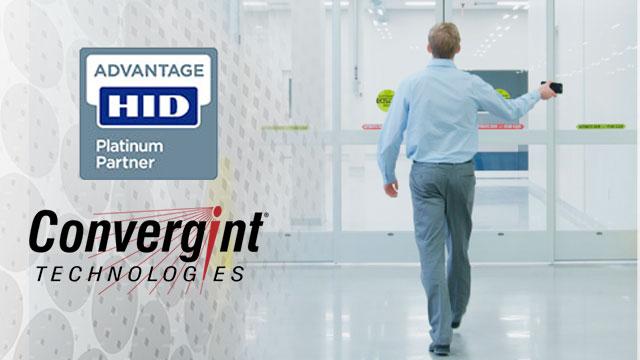Security threats have evolved over the years, with technology improving along the way to counter growing threats. When it comes to physical security, using legacy access control technologies can leave organizations open to unnecessary vulnerabilities.
A key vulnerability is the widespread ability to copy Proximity and other low frequency or poorly protected smart card credentials. Combined with limited capabilities, these decades-old technologies require updating.
Dangers of Using Outdated Technology
Personal identification numbers (PINs) used by older keypad readers are easily shared. Legacy technologies, such as magnetic stripe (magstripe) and low-frequency Proximity technology, are vulnerable to cloning (record and replay). Both of these popular technologies afford virtually no security protection. Today, inexpensive, off-the-shelf devices that can copy and clone identity cards with these vulnerable technologies are widely available. The truth is, it’s frighteningly easy to steal identity data off of credentials with outdated technology.
Next generation credential technology supports both physical and logical access control and has the flexibility to support converged solutions. These include combined applications such as computer access, transit payment, cashless vending, biometrics and more. Convergint can help you implement these more secure and flexible access control solutions through Seos credential technology from HID Global.
Seos Credential Technology
Seos truly differentiates itself from other credential technologies by its strict adherence to best practices for data protection and widely reviewed open standards. Its unique approach to key management, mutual authentication, secure messaging ensures a high degree of data privacy and security. Seos credential technology provides these key benefits:
Decades-old credential technology is no longer enough to meet the needs of today’s organizations. Today’s organization requires higher levels of security and data privacy. Seos provides higher levels of data and privacy protection than legacy credential technologies.

